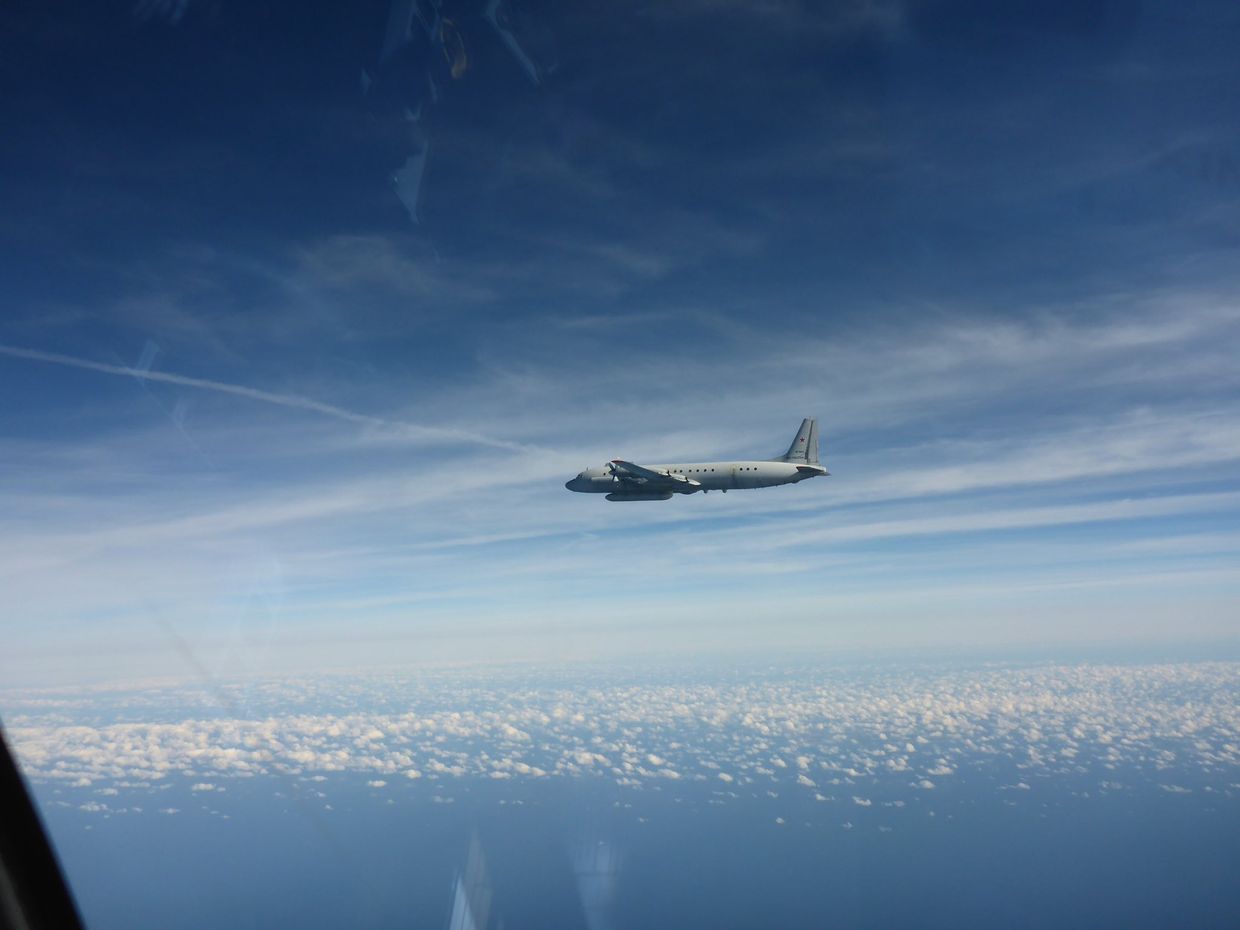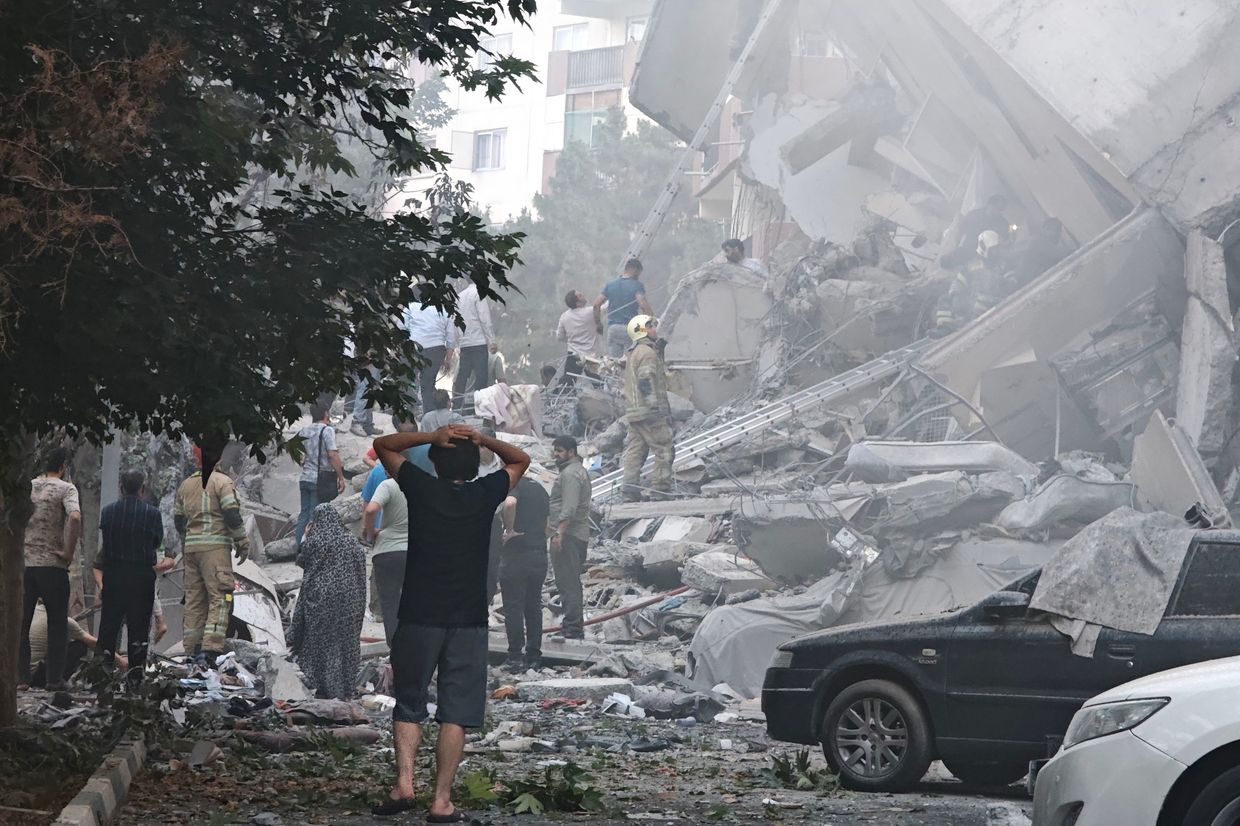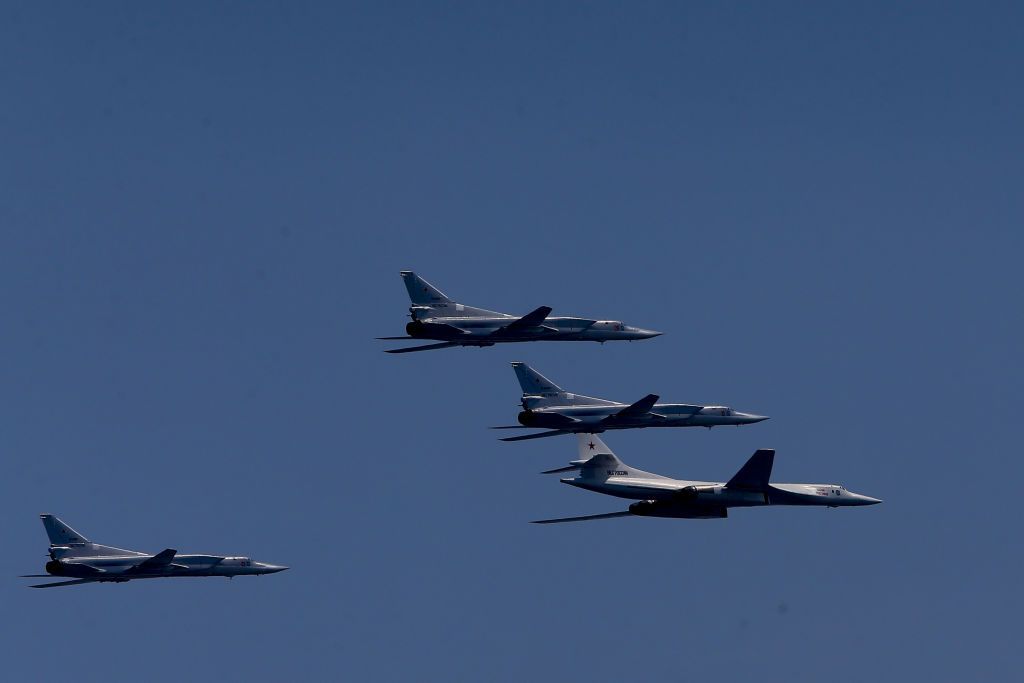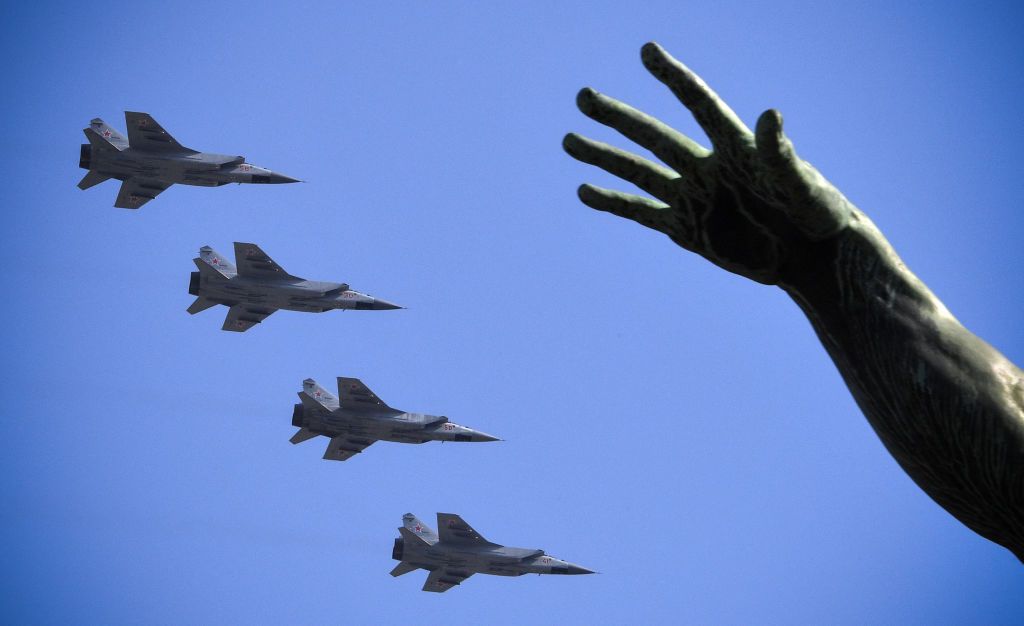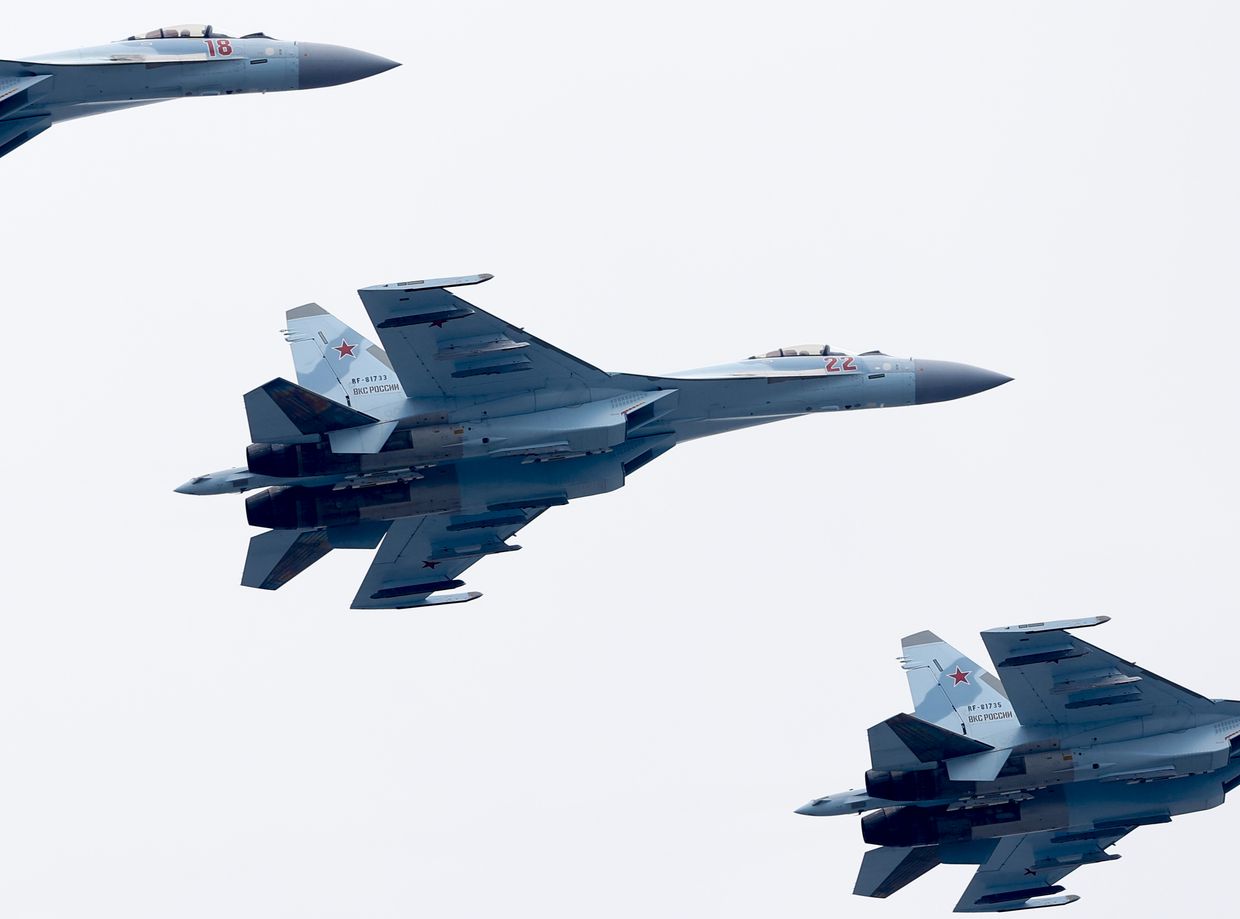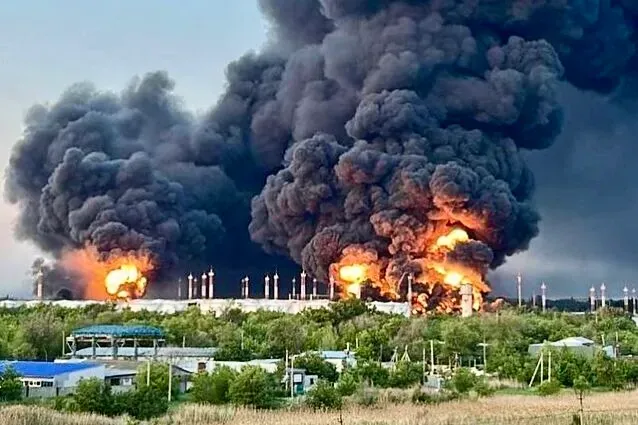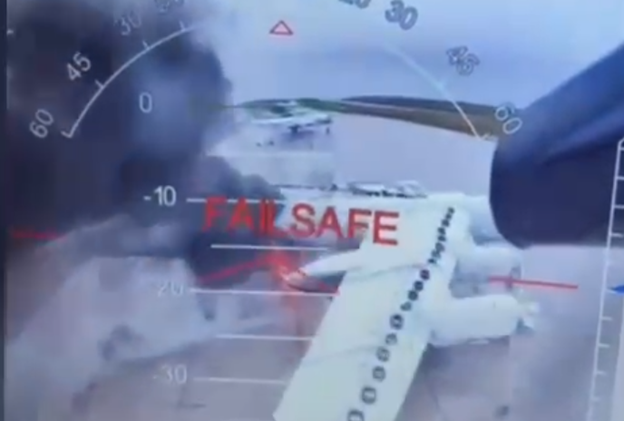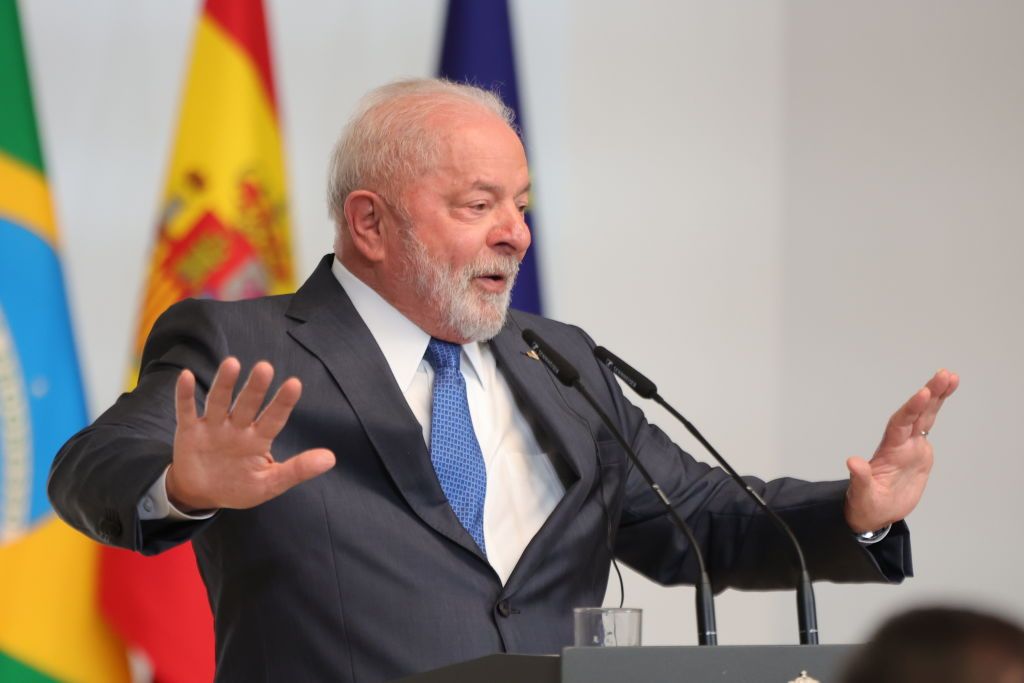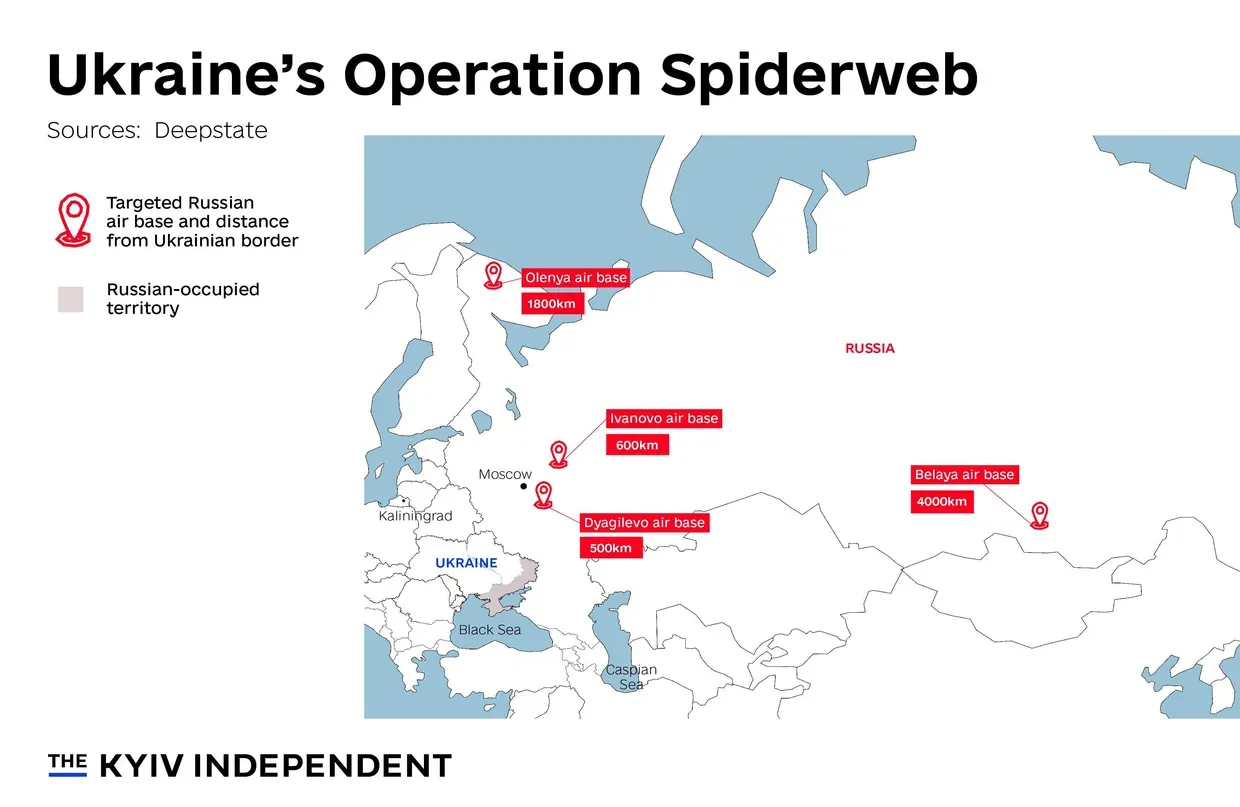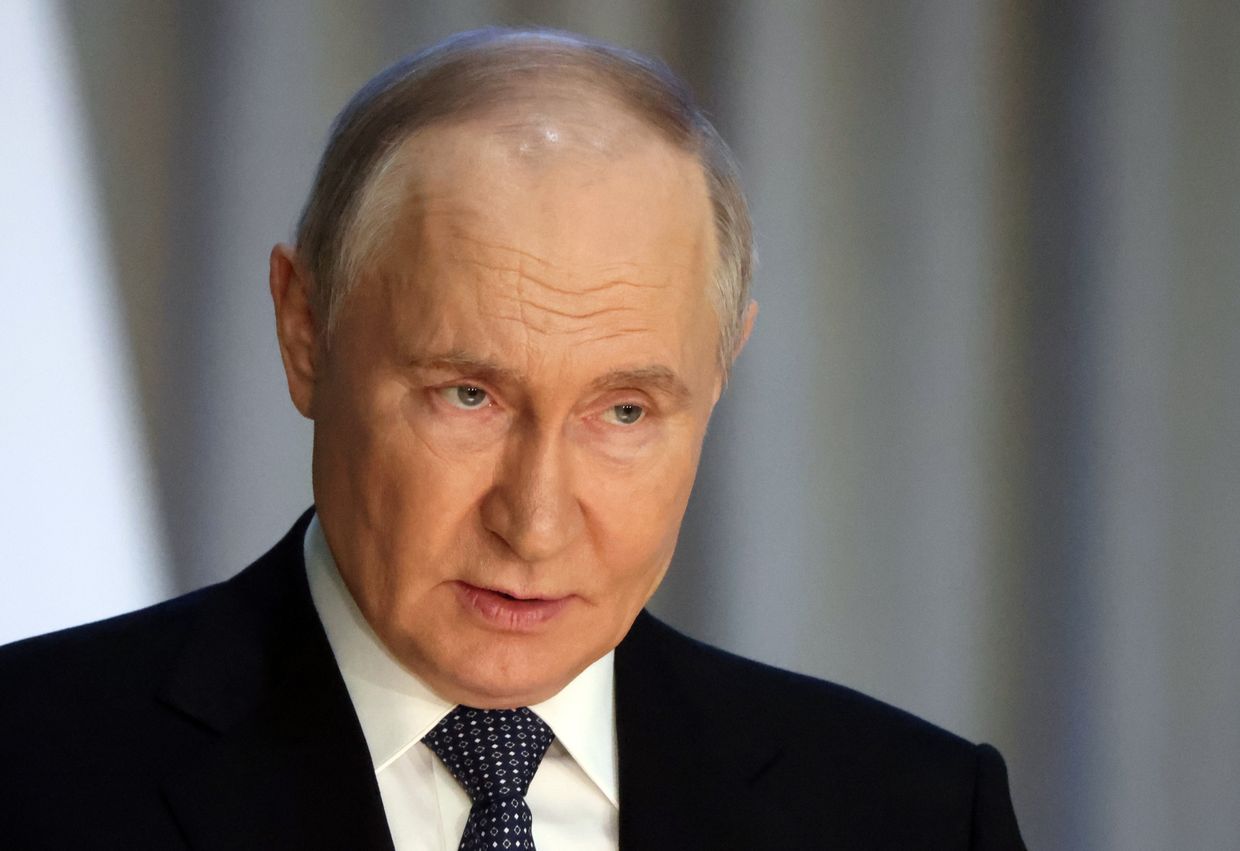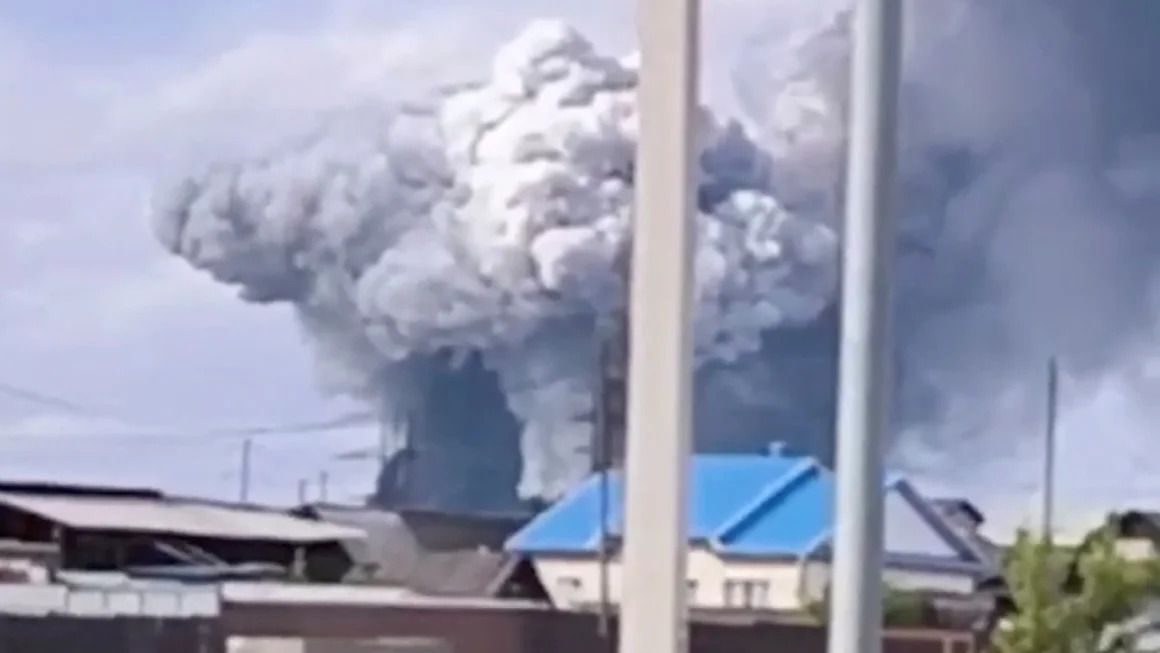Moscow’s crashed Su-25 attack jet may have been downed by another Russian plane in eastern Ukraine

Near the frontline, a Russian Su-25 ground attack aircraft crashed on 13 June under unclear circumstances in the occupied part of Donetsk Oblast, with reports and video footage suggesting multiple possible causes, including friendly fire and structural failure.
According to Militarnyi, sources close to Russian military personnel confirmed that a Su-25 of the Russian Aerospace Forces was lost in an aviation incident. Russian blogger Illia Tumanov and the Russian aviation channel Fighterbomber reported that the pilot survived. The Telegram channel Aviahub also confirmed the loss, noting that there was no evidence of hostile fire impacting the aircraft.
Those Russian sources did not disclose the cause of the crash or the location of the aircraft’s fall. A Ukrainian source, however, reported that the incident occurred near occupied Soledar, Donetsk Oblast.
A Russian Su-25 was lost today in what appears to be a friendly fire incident during the launch of unguided rockets (most likely S-13). https://t.co/xQoXiHSd8a pic.twitter.com/eHF1P6CMzL
— Special Kherson Cat(@bayraktar_1love) June 13, 2025
Possibly, blue-on-blue
A later update introduced video footage that verified the aircraft’s destruction and allowed Militarnyi to formulate potential explanations:
- One theory suggests the Su-25 may have been hit by a missile fired by another Su-25 flying behind it. The rocket was launched at close range, and may have struck the aircraft’s wing. The warhead might not have exploded due to the fuse failing to arm at such a short distance, but the impact alone could have caused serious damage. Although the footage shows the launch occurred on the left side and the right wing detached, video perspective makes it difficult to be certain—so this theory remains plausible.
- A second theory suggests accidental missile malfunction, where the unguided rocket failed to launch properly and exploded, damaging the plane. A white smoke cloud appearing at the moment of the wing’s detachment supports this idea, though it might also be vaporized aviation fuel from the airframe rupture.
- A third potential explanation is a structural defect in the aircraft’s frame. The wing broke off during a turn—a moment of maximum structural stress. With the average age of Russian Su-25s nearing 40 years, such failures are increasingly frequent. This theory is supported by the history of multiple similar incidents during the current war.
Long history of Russia’s non-combat Su-25 losses
The Russian Air Force has seen several losses of Su-25s not related to combat. In March this year, a jet went down during a training flight in Russia’s Primorsky Krai after both engines failed. In 2023, two Su-25s were lost to technical issues—one fell into the Sea of Azov during a combat sortie, and another crashed in Belgorod Oblast. Both pilots died.
A similar crash occurred in September 2022, when a Su-25 went down right after takeoff due to control failure during a combat mission.
“Also, a number of Russian attack aircraft losses have been caused by the specific nature of the Russian-Ukrainian war. One of the main factors, in particular, is poor coordination between Russian aviation and its own air defense units, which have repeatedly launched interceptors at them,” Militarnyi wrote.
In December 2023, then-Ukrainian Air Force Commander Mykola Oleshchuk commented on a crash, asserting that Russian air defenses shot down their own Su-25.
Other unique causes include a mid-air collision with a drone and contact with power lines—often a result of flying at low altitudes, which keeps aircraft hidden from both Ukrainian and Russian air defense systems.
Read also
-
Russian bombers flee to Far East after operation Spiderweb attack. Tu-95 will now need 23 hours for Ukraine missile missions
-
Russian Migalovo airbase hit by kamikaze drones, reports confirm (video)
-
Russian Su-25 reportedly crashes during training flight in Far East
-
Ukraine confirms first Russian jet downed by Italian-French SAMP/T system
-
Russians accidentally drop another “smart bomb” on domestic territory

